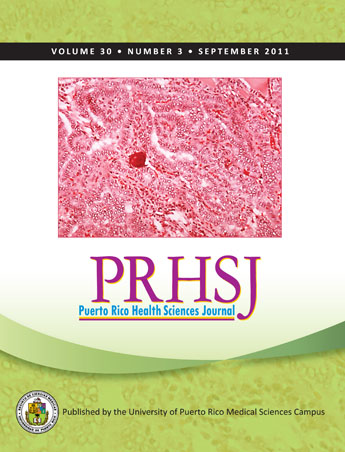Abstract
Metabolic syndrome is a cluster of risk factors for cardiovascular disease that affects an estimated 50 million Americans. The present article reviews this syndrome with respect to its definition, epidemiology, pathophysiology, and management. A primary focus in research has been to elucidate the processes that have been determined to cause insulin resistance, the fundamental mechanism underlying metabolic syndrome; these processes are reviewed here along with the interplay of the syndrome with the renin angiotensin system, circadian rhythm, and atherosclerosis. Lifestyle changes promoting exercise and a healthy diet can reduce the incidence and prevent the progression of metabolic syndrome; however, refractory cases may warrant drug therapy. Recent emphasis has been placed on targeting obesity and insulin resistance as new therapeutic modalities are developed. In this manuscript, the incidence, component characteristics, and complications of metabolic syndrome in island-living Puerto Ricans and other Hispanic populations are described. The fact that island patients suffering from the syndrome tend to have less aggressive coronary disease and relatively normal lipid profile compared to their stateside counterparts is also discussed.
Authors who publish with this journal agree to the following terms:
a. Authors retain copyright and grant the journal right of first publication with the work simultaneously licensed under a Creative Commons Attribution License that allows others to share the work with an acknowledgement of the work's authorship and initial publication in this journal.
b. Authors are able to enter into separate, additional contractual arrangements for the non-exclusive distribution of the journal's published version of the work (e.g., post it to an institutional repository or publish it in a book), with an acknowledgement of its initial publication in this journal.
c. Authors are permitted and encouraged to post their work online (e.g., in institutional repositories or on their website) prior to and during the submission process, as it can lead to productive exchanges, as well as earlier and greater citation of published work (See The Effect of Open Access).
